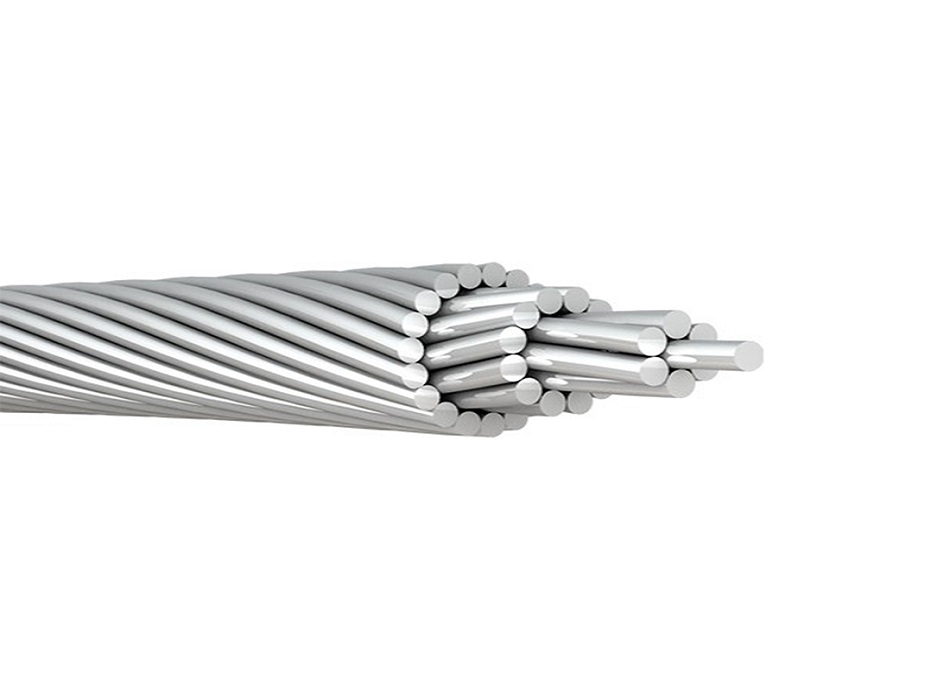
As the world pivots toward a cleaner and more sustainable energy future, the role of reliable and efficient power transmission infrastructure has never been more vital. Among the key innovations enabling this shift are All-Aluminum Alloy Conductors (AAAC), which are increasingly used in renewable energy systems around the globe.
Their ability to manage fluctuating electrical loads makes them a preferred choice for wind farms, solar parks, and hybrid renewable energy systems. Unlike traditional ACSR (Aluminum Conductor Steel-Reinforced) conductors, AAAC does not suffer from galvanic corrosion between dissimilar metals, making it particularly suitable for long-term deployment in renewable energy networks.
Technological Edge and Operational Benefits
AAAC conductors offer multiple operational advantages:
Thermal performance: They can operate at higher temperatures without degradation, essential for systems exposed to intense sunlight or high ambient temperatures.
Weight reduction: Their lighter weight reduces mechanical stress on towers and poles, enabling wider spans and lower installation costs.
Minimal sagging: Even under high electrical load or heat, AAAC conductors exhibit less sag, improving safety and maintaining clearance requirements.
Enhancing Grid Reliability
AAAC conductors are engineered to handle the variable loads characteristic of renewable energy sources like wind and solar. Their robust construction ensures consistent power delivery, even under fluctuating conditions, thereby bolstering the reliability of renewable energy grids.
Environmental Advantages
Manufactured from recyclable materials, AAAC conductors require less energy to produce compared to traditional conductors. This not only reduces the carbon footprint associated with their production but also aligns with the sustainability goals of renewable energy projects.
Superior Performance in Challenging Environments
One of the standout features of AAAC conductors is their exceptional corrosion resistance. This makes them particularly suitable for deployment in harsh environmental conditions, such as coastal areas or regions with high pollution levels. Their durability translates to longer service life and reduced maintenance costs.
Economic and Structural Benefits
The lightweight nature of AAAC conductors allows for longer span lengths between support structures, reducing the need for additional infrastructure. This not only cuts down on material and installation costs but also minimizes the environmental impact of constructing extensive support systems.
A Strategic Choice for Renewable Energy Projects
Given their combination of reliability, environmental friendliness, and cost-effectiveness, AAAC conductors are increasingly being adopted in renewable energy projects worldwide. Their ability to efficiently transmit power from generation sites to the grid makes them an integral part of the renewable energy landscape.
As the demand for clean energy continues to rise, the role of AAAC conductors in facilitating this transition becomes ever more critical. Their adoption not only supports the technical requirements of renewable energy systems but also embodies the sustainable principles at the heart of the green energy movement.
Post time: Apr-25-2025

